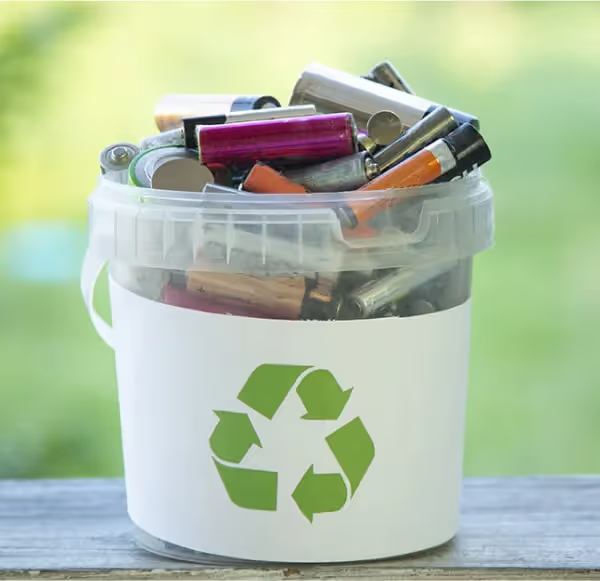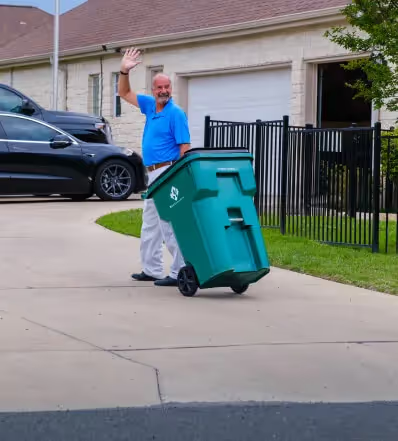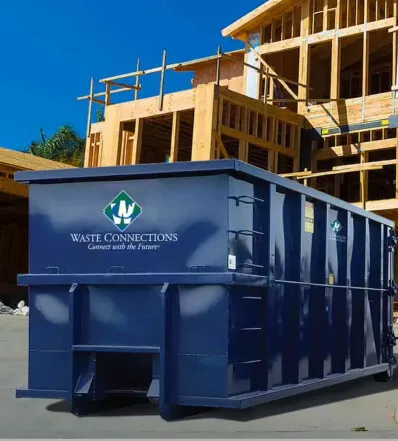
Disposal/Recycle Guide
Waste Connections is proud to serve residential facilities and homeowners as their dedicated recycling partner throughout the USA.
Check Out Our Recycling Solutions



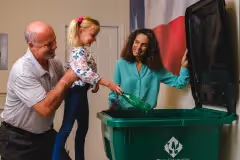
Plastic Recycling
Why waste waste? At Waste Connections, we help turn discarded plastic bottles into storm water systems in your community and other useful products. That’s doing our part in building a cleaner environment for years to come.
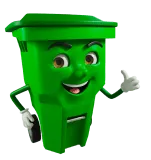
Know What to Throw before You Leave it at the Curb
Residential recycling options may vary by location, so it's important to check with your local recycling options and guidelines in your area.
Unacceptable Items
Items
- Propane canisters
- Flares
- Needles
- Electronics
- Flammable liquids
- Batteries for e-cigarettes
- Helium tanks
- Lighters and matches
- Knives
- Household batteries
- Butane canisters
- Ceramic plant pots
- Bear spray
- Paint
- Ammunition
- Straws
Plastic containers
- Containers for motor oil, vehicle lubricant or antifreeze products
- Garden hoses
- Packaging labeled biodegradable or compostable
- Plastic string or rope
- Microwavable bowls with metal rims
- Plastic paint cans
- Plastic wrap
- Pails for lubricants and oils
- Plastic or foil lids from coffee and tea pods
- Liquid-absorbing pads, e.g., in trays of meat, poultry, fish, etc.
- Lawn edging, tarps, plastic furniture or toys
- Plastic blister packs e.g. plastic/foil protective packaging for chewing gum and pills
Steel containers
- Steel paint cans
- Coat hangers (return to dry cleaners)
- Pots, pans and baking trays
- Propane cylinders
- Metal toys
- Appliances
- Metal hardware or other scrap metal
- Wiring or metal cords, extension cords
Misc. flexible plastic packaging
- Plastic squeeze tubes
- Plastic-lined paper
- Cellophane wrap
- Plastic strapping
- 6-pack ring
- Biodegradable plastic
- PVC/vinyl
- Squishy foam
- Plastic blister packs e.g. plastic/foil protective packaging for chewing gum and pills
Paper packaging/cardboard
- Cardboard boxes with wax coating
- Paper bags with multiple layers that include a foil layer
- Paper bags with a plastic layer
- Paper towels, napkins
- Tissues
Aluminum containers
- Spray paint cans
- Aerosol cans with any contents remaining
- Propane cylinders
- Foil-lined cardboard take-out containers and lids
Glass bottles & jars
- Drinking glasses or dishes, cookware
- Whole or broken window glass or mirrors
- Ceramic products
- Light bulbs and light fixtures
Foam packaging
- Liquid-absorbing pads used in trays for meat, poultry, fish, etc.
- Labels, tape, paper and cardboard on foam packaging
- Foam peanuts, packing chips, or noodles
- Blue or pink foam board insulation
- Squishy or flexible foam
- Furniture cushions
Plastic bags/Overwrap
- Kitchen stretch wrap
- Packaging labeled biodegradable or compostable
- Lumber or construction wrap
- Garbage bags
Paper
- Hardcover or paperback books (donate or sell)
- Ribbons or bows
- Musical greeting cards with batteries
- Rubber bands
How Does Recycling Work?
Waste Connections collects your recyclables in dumpsters at curbside, at multi-family buildings or at your business. We transport these recyclables to our local sorting facility, known as a Materials Recovery Facility (MRF) where they are sorted, cleaned, compressed, and prepared for sale to be repurposed and reused – all the while keeping them out of the landfill.

Clean every item
Clean items are crucial to avoid contamination during transportation.
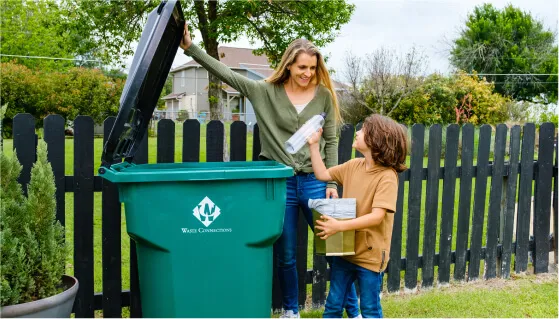
Waste Collection
When recycle dumpsters are full, they are then collected by Waste Connections at a curbside, multi-family dwelling, or business.
.webp)
Recycling facility (MRF)
Materials are sorted and organized by material types, then inspected for final quality control clean-up before being baled (compressed) together and staged for sale to end markets.
Incorrect Battery Disposal Can Cause Fires
Common household items are convenient and generally safe, however, the batteries in them pose risks when disposed of in regular garbage or recycling containers - because of their highly flammable nature.
Remove the batteries
Check the electronic devices you need to dispose of. If possible, remove the batteries. If not, bring the whole device to the drop off location.Store batteries in a safe place
Store batteries in non-metallic containers (plastic, cardboard, or glass) that do not conduct electricity if there is a spark.Find your local drop off
Find a local electronic disposal store, or find a drop off location near you.
